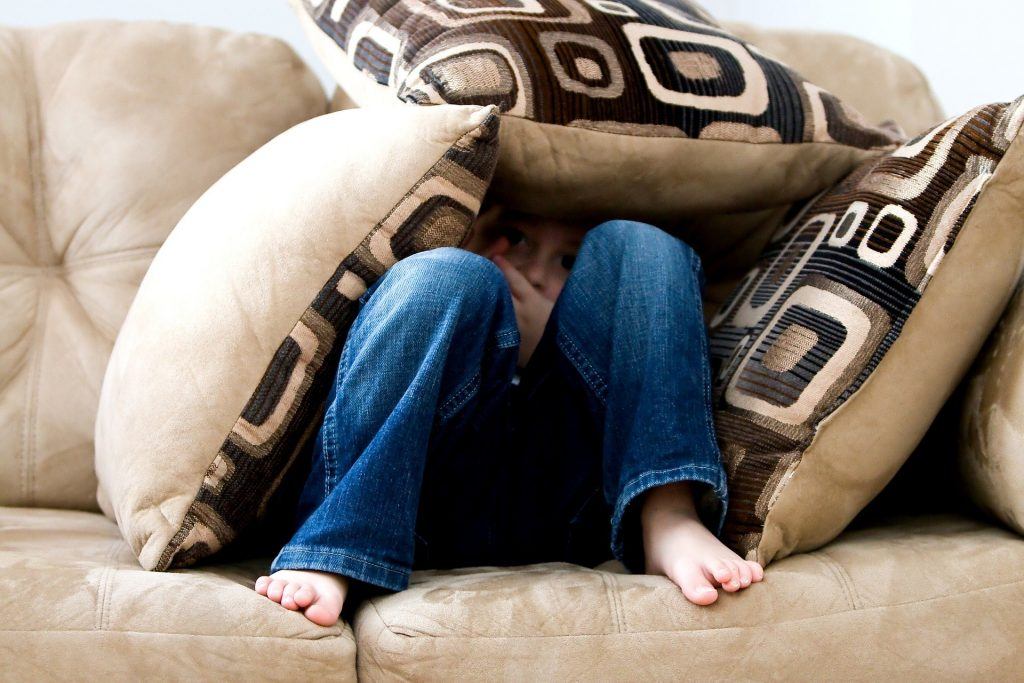
He Said, She Said: Admission of Hearsay Statements Regarding Child Sexual Abuse in Custody Cases: Part 4 of 12 Parts
By: Jennifer Crissman, Attorney, Woodruff Family Law GroupThe next case that family law practitioners in Guilford and surrounding counties will find beneficial in the admission of hearsay statements is the case of State v. Hinnant, 523 S.E2d 663, 351 N.C. 277 (2000). According to our fact pattern from Part 1 of our series, the children Aaron and Billy were ages 5 and 3. Let us assume that at the custody trial 5 year old Aaron is permitted to testify about the sexual abuse. However, upon the start of the testimony, Aaron becomes inconsolably upset and cannot be calmed to resume his testimony. What then is the attorney to do?
This is perhaps one of the most common issues that attorneys will confront, that a child witness with crucial testimony about the sexual abuse is unavailable to testify. The child may be unavailable to testify either because they have been deemed incompetent to testify by the court, or like Aaron, they become emotionally distraught. The case of State v. Hinnant is helpful in admitting hearsay statements when the child declarant is unavailable to testify.
In State v. Hinnant the child J. was called as the state’s first witness to testify about the sexual abuse that occurred. When voir dire began to determine if J. was competent to testify, J. began crying and had to be taken from the courtroom. The child J. could not be calmed and began crying and screaming, and ultimately the court determined that J. was unavailable to testify. Notwithstanding the Defendant’s objection, the trial court allowed the testimony of a clinical psychologist as to what the child J. had told her. The trial court admitted this testimony regarding J.’s hearsay statements pursuant to Rule 803(4) Statements Made for the Purpose of Medical Diagnosis or Treatment.
While the Court in State v. Hinnant ultimately found that the hearsay statements were improperly admitted under Rule 803(4), this case is a guidepost for attorneys. The Court in Hinnant clearly lays out the requirements for hearsay statements to be admitted under Rule 803(4), and then goes further and addresses the intent of the child declarant in making the statements.
The Court found that when determining whether a statement is made for the purpose of medical treatment or diagnosis the trial court must look at all objective circumstances surrounding the statement. Examples of objective circumstances include: the setting where the statement was made, such as in a doctor’s office versus some other location; the nature of the questioning; the person to whom the statements were made; whether there was an explanation to the child about the need for treatment; and emphasis on the need for the child to be truthful.
It is important the family law attorney keeps this case in mind when trying to have Aaron’s out of court statements to the social worker admitted under this exception. Using our fact pattern from Part 1, the attorney could reference the fact that Aaron and Billy made these statements to the social worker at the child advocacy center. The attorney would need to have the social worker testify as to the surroundings in which the interview took place, the nature of the questioning, whether the questions were leading or more conversational, whether the child understood the importance of truthfulness, and whether the child knew that medical treatment could be a result of the statements made.
It is important to note that even if the hearsay statements made by Aaron to the social worker are not admissible under Rule 803(4), they may be admissible under the residual exceptions to this hearsay rule, which will be covered later in our series.
He Said, She Said Series
 North Carolina Divorce Lawyers Blog
North Carolina Divorce Lawyers Blog

